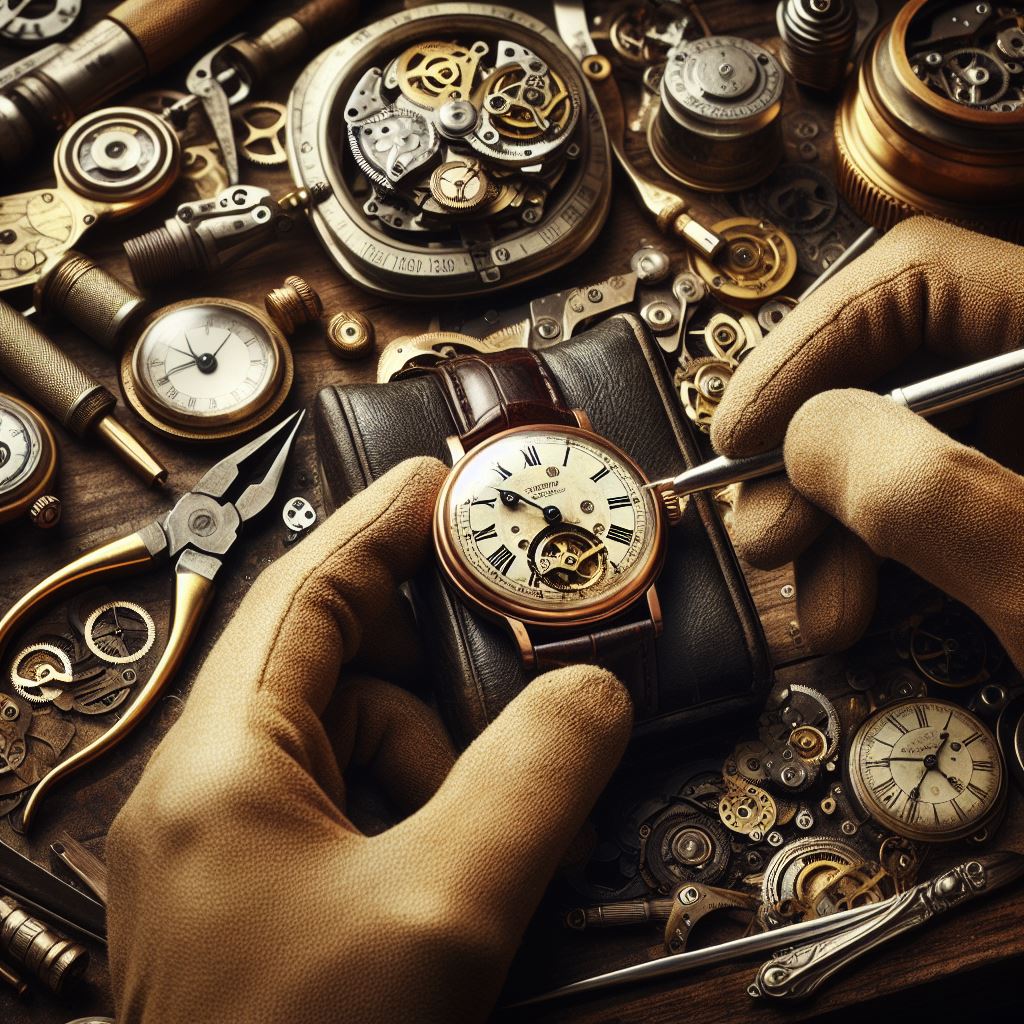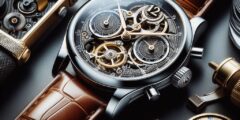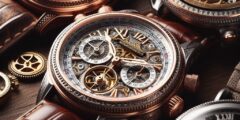Vintage watches hold a unique appeal that transcends mere aesthetics. They embody history, tradition, and craftsmanship, making them more than just time-telling devices. These timepieces have survived the ages, carrying with them stories of eras gone by. Whether it’s the intricate movements, the materials used, or the design details, vintage watches capture our hearts and minds.
The Importance of Watch Restoration and Repair
1. Preserving History
When we restore an old watch, we’re not merely fixing a broken object; we’re preserving a piece of history. Each vintage watch has its own story to tell, its journey through time. By restoring it to its former glory, we keep that story alive for future generations.
2. Making Sustainable Choices
In today’s world of disposable goods and planned obsolescence, finding products made with care and quality craftsmanship can be challenging. Investing in watch restoration supports sustainable practices and reduces waste.
3. Appreciating Artistry
Vintage watches are works of art, each one a testament to the skill and creativity of its maker. By restoring these timepieces, we can appreciate that artistry anew.
Overview of the Article
In this article, we’ll explore the world of vintage watch restoration and repair. We’ll delve into the history of these timepieces, examining their evolution from early timekeeping devices to today’s luxury market. Additionally, we’ll look at the art and science behind watch restoration, from understanding intricate movements to learning how to maintain them post-restoration. Finally, we’ll share fascinating restoration stories of rare vintage watches and provide tips for finding reputable restoration services.
The History of Vintage Watches
Early Timepieces and Their Evolution
Vintage watches have a rich history dating back to the 16th century. They were the primary way of telling time before wristwatches became popular. These timepieces often feature intricate designs, precision craftsmanship, and quality materials such as gold or silver. Understanding their evolution helps us appreciate their significance in horology.







